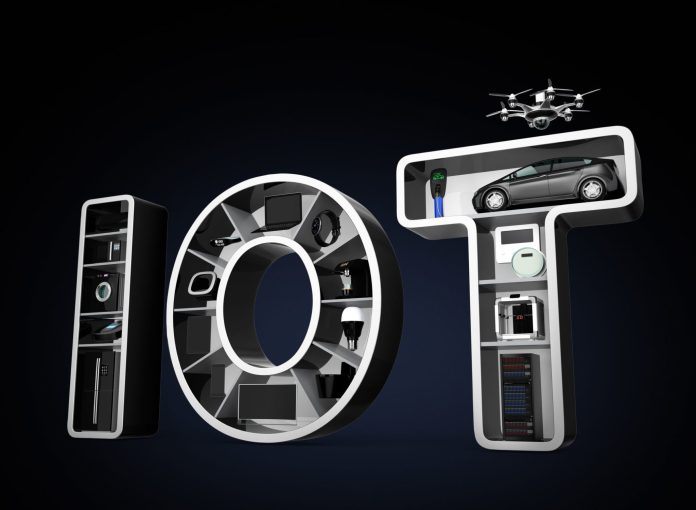GSMA says LPWA technologies are backed by 67 global operators.
The GSMA predicts low power wide area technology connections are set to exceed 2G, 3G and 4G, becoming the leading technology for internet of things connectivity with 1.4 billion connections by 2022, based on new analysis by Machina Research.
The GSMA’s Mobile IoT Initiative, which promotes adoption of LPWA technologies such as narrowband-IoT and LTE-M, is currently backed by 67 global mobile operators, device makers, chipset, module and infrastructure companies.
“In the space of nine short months, the GSMA’s Mobile IoT Initiative has established market standards for LPWA that will play a fundamental role in the growth, development and adoption of the technology,” said GSMA CTO Alex Sinclair. “There are already several mobile operators around the world running mobile IoT pilots, and this year we’ll see commercial launches across a range of sectors, providing complete IoT connectivity and delivering service to billions of new devices.”
LPWA networks are designed to support machine-to-machine applications with low data rates and requiring long battery lives to operate unattended for long periods of time, often in remote locations.
GSMA said these networks will be used for a wide variety of applications such as industrial asset tracking, safety monitoring, water and gas metering, smart grids, city parking, vending machines and city lighting.
“The widespread availability of LPWA will catalyze the whole IoT ecosystem, supporting new use cases, enabling the increased sophistication and reach of many existing use cases and accelerating adoption overall,” said Jim Morrish, founder and chief research officer of Machina Research.
Licensed LPWA networks are expected to complement and extend conventional wide area networks, allowing operators to optimize their existing mobile network infrastructure through an upgrade that makes use of 2G and 4G cellular technologies and local area networks such as Wi-Fi, Bluetooth and Zigbee, GSMA said.

